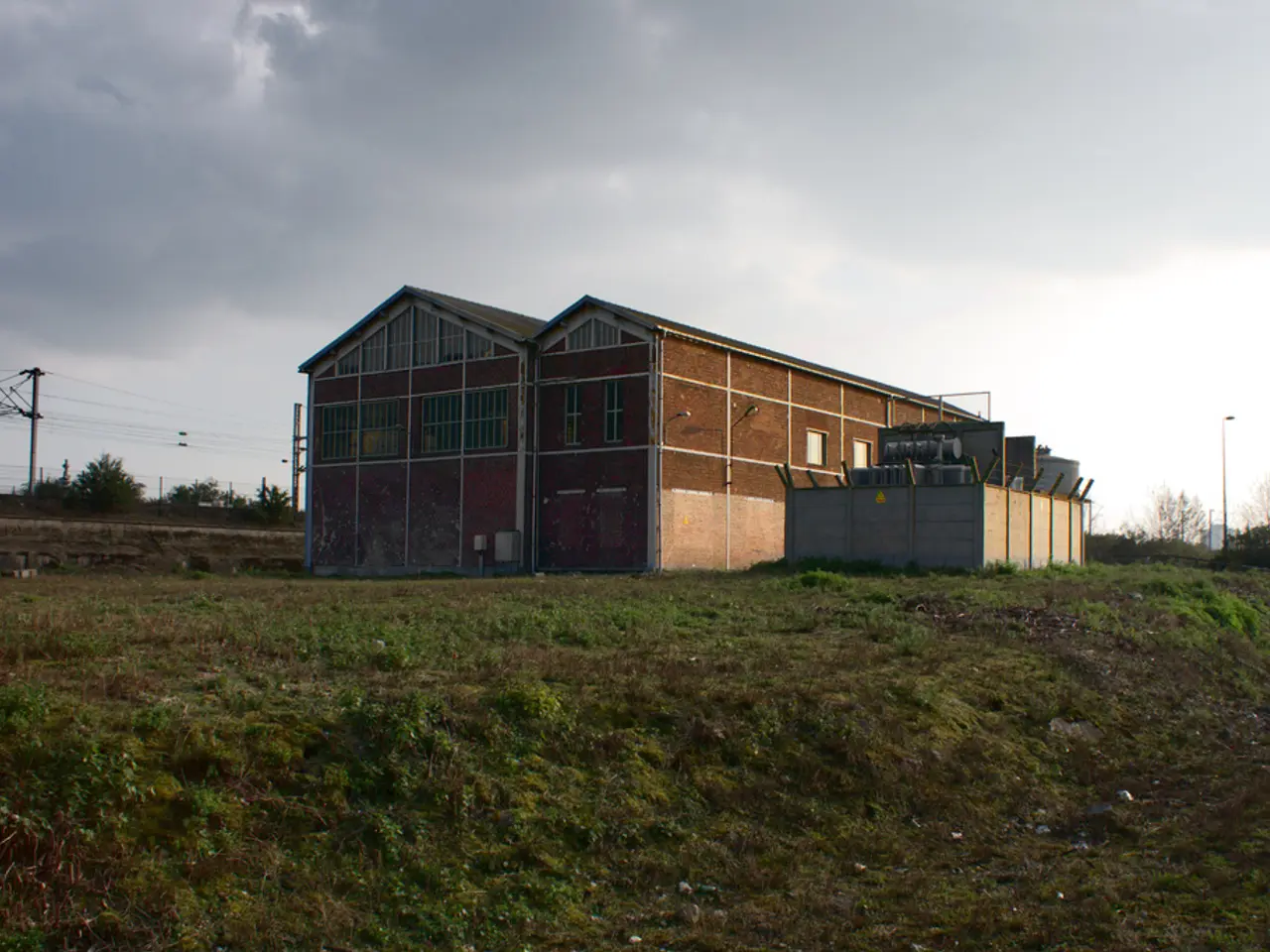Household power prices on the ascent by 6.6% year-on-year due to climbing gas costs
In recent months, residential electricity rates have seen a significant increase across various states, causing a public backlash and raising pressure on elected representatives and regulators.
According to data from the Energy Information Administration (EIA), the average residential electricity rate per kilowatt-hour (kWh) has risen to 13.88 cents as of June, marking a 5.2% increase compared to the previous year. This trend is particularly noticeable in states such as Indiana, where rates have climbed by 6.6%, and the District of Columbia, with a significant increase of 23.3%.
However, the state that has experienced the most substantial rise is Maine, where residential electricity rates have surged by 25.5%.
The primary factors contributing to these increases are rising natural gas prices and growing demand, which appear to account for the bulk of requested utility rate hikes. In fact, the EIA expects natural gas prices to reach $4 per million British thermal units (MMBtu) this year, a 22.6% increase from June's figure of $3.11 per MMBtu at the Henry Hub.
These developments have not gone unnoticed by government officials. Indiana's governor has voiced concerns over high utility rates, stating, "We can't take it anymore." Similarly, the Arizona attorney general has opposed a proposed rate hike in that state and suggested regulators consider lowering rates instead.
The political landscape is also becoming increasingly influenced by these rising prices. Electricity prices have become a significant issue in states like New Hampshire, New Jersey, and throughout much of the PJM Interconnection. These rate cases could potentially raise Americans' total electric bills by some $67 billion.
Shannon Baker-Branstetter, the former Senior Director of Domestic Climate and Energy Policy at the Center for American Progress, echoes these concerns. In a report by the Institute for Energy Economics and Financial Analysis, she stated that natural gas and the loss of federal support for renewable energy would drive up prices.
As concerns about affordability grow, there is a possibility that utility requests will face greater scrutiny in the future. With over 102 gas and electric utilities either raising or proposing higher rates that would take effect in 2025 or 2026, it is essential for policymakers to address this issue and find solutions to keep utility costs manageable for consumers.
Read also:
- Aquatech purchases Koch's Direct Lithium Extraction business, merging Li-ProTM DLE technology into the PEARLTM Technology Platform.
- Li Auto faces scrutiny after crash test involving i8 model and a truck manufacturer sparks controversy
- Emerging Investment Trends in China's Ethical Finance Sector for 2025
- Construction and renovation projects in Cham county granted €24.8 million focus on energy efficiency







